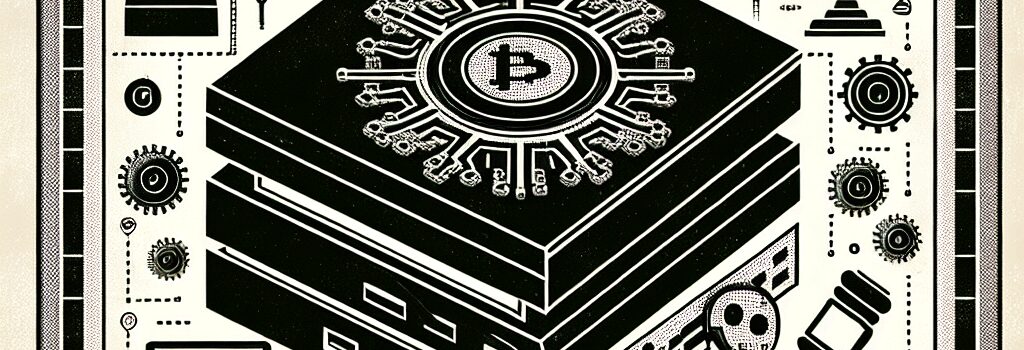Understanding Console Bricking: Legal and Technical Aspects

Updated May 22, 2025 – As console makers seek to protect their digital ecosystems, end-user license agreements (EULAs) have become powerful tools. Recent updates to Nintendo’s Switch EULA, which allow the company to render consoles permanently unusable, have spurred questions: How do these clauses work, and are they legally enforceable? In this deep dive, we explore the legal framework, technical mechanisms, and broader implications of remote console bricking.
Who Owns the Console—and the Software?
Although consumers purchase the hardware, the system firmware and OS are licensed, not sold. EULAs from Nintendo, Sony, and Microsoft grant these companies broad “remedies” if users violate terms—such as running pirated code or bypassing digital rights management (DRM).
- Nintendo Switch EULA (2025 update): Grants Nintendo the right to make the console “permanently unusable in whole or in part.”
- Sony PS5 System Software License Agreement: Allows disabling online/offline use, automatic security updates, and revocation of access to PlayStation Network.
- Microsoft Xbox Software License Agreement: Warns users that installing unauthorized software can “stop your Xbox Console… permanently at that time or after a later Xbox Software update.”
Technical Mechanisms Behind Console Bricking
Modern consoles incorporate multiple security layers to enforce EULAs and DRM:
- Secure Boot & Root of Trust: CPUs—like the PS5’s AMD Zen 2-based SoC or the Switch’s Nvidia Tegra X1—use hardware root-of-trust fused into on-chip eFuses. Bootloaders verify digital signatures (ECDSA) before loading firmware.
- Firmware Updates & Kill-Switch Flags: Manufacturers can push OS updates containing toggles that permanently disable system functions by blowing eFuses or writing non-resettable flags into secure storage.
- Network-Level Commands: When a console is flagged for violation, servers can push deactivation commands over HTTPS-secured channels—disabling offline gamer profiles, OS modules, and access to encrypted NAND partitions.
Case Studies: Bricking in Practice
Despite the broad power EULAs grant, large-scale remote bricking is rare:
- George Hotz vs. Sony (2011–2013): Hotz’s PS3 jailbreak led to lawsuits but no mass bricking of offline consoles. Instead, Sony relied on legal injunctions and firmware patches.
- Team Xecuter Switch Hacks (2018–2023): Multiple Switch jailbreaks prompted Nintendo to ban consoles from online services; however, technical bricking of hardware remained infrequent.
- Stolen Console Blacklists: Nintendo, Sony, and Microsoft have blacklisted stolen devices, rendering them unusable for online services. Some users report these devices completely fail to boot—even offline—when flagged by manufacturer servers.
Legal Framework and Enforceability
Attorneys generally agree these EULA clauses would hold up in court if challenged:
“Although users own the hardware, the software needed to run it is licensed. If you violate the license terms, companies have the right to revoke your access,” says attorney Jon Loiterman.
The Electronic Frontier Foundation warns that aggressive enforcement—especially selective bricking—could invite legal scrutiny under consumer-protection laws. In 2024, 17 advocacy groups petitioned the FTC to investigate “software tethering,” though so far no major action has been taken.
Additional Analysis: Ethical and Market Impacts
Beyond the technical and legal view, bricking raises broader concerns:
- Right to Repair & Tinkering: Hardware enthusiasts argue that EULAs effectively strip ownership rights, undermining the right to modify or repair devices.
- Consumer Trust: Public backlash—seen in Tesla’s software-limited features and John Deere’s agricultural equipment locks—could deter companies from widespread bricking lest they alienate their user base.
Future Implications: Automated Enforcement and AI
As AI-driven monitoring tools become more prevalent, console makers may automate threat detection, flagging suspected violations in real time. Machine-learning models trained on usage patterns could identify anomalous behavior—triggering automated updates that quarantine or disable affected consoles.
Industry experts warn of slippery slopes:
“If the ability is there, someone will want to ‘see how it goes,’” says security researcher Richard Hoeg. Advanced analytics could lead to false positives, unfairly penalizing legitimate users.
Conclusion
While the specter of remote console bricking remains more deterrent than reality, the capability is enshrined in modern EULAs. Gamers, modders, and consumer advocates continue to watch for potential abuses. As hardware security tightens and AI-driven enforcement emerges, the balance between protecting intellectual property and preserving user rights will remain a central debate in the gaming community.